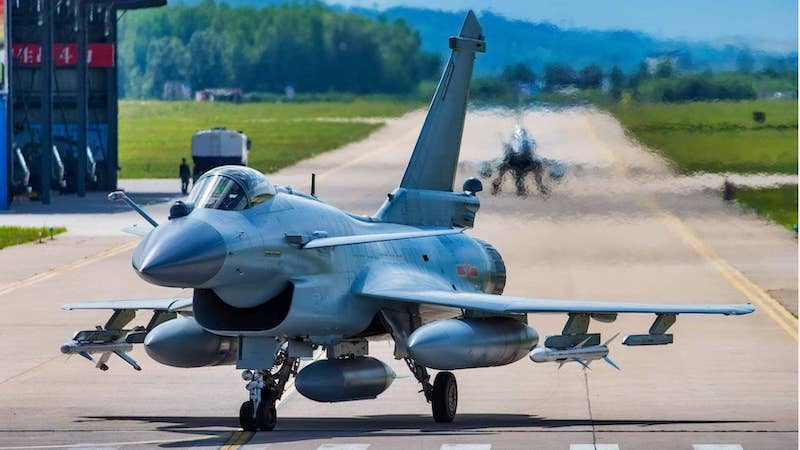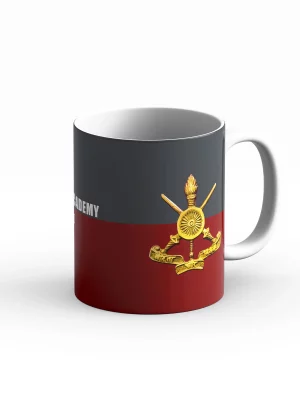Following its military’s inaction during a wave of Israeli and American airstrikes last month, Iran is now preparing to bolster its ageing air force by acquiring advanced J-10C fighter jets from China. The decision follows years of stalled negotiations with Russia and aims to address the vulnerabilities in Iran’s air defence system exposed during the aerial bombardment.
According to reports by The Moscow Times and RBC Ukraine, Tehran has intensified talks with Beijing to purchase the Chengdu J-10C multirole fighters after its long-delayed deal with Russia for Sukhoi Su-35 aircraft failed to deliver results. Despite an agreement in 2023 for 50 Su-35s, only four jets reached Iran.
The move to opt for the single-engine J-10C, instead of the more expensive twin-engine Russian fighter, is reportedly driven by both affordability and urgency. The J-10C is equipped with an advanced AESA radar and is capable of firing PL-15 long-range missiles, the same missiles used by the Pakistan Air Force during recent confrontations with India.
The J-10C, nicknamed the “Vigorous Dragon,” is a 4.5-generation fighter jet developed by China’s Chengdu Aerospace Corporation. It features a delta wing-canard design and is powered by the WS-10 engine. Though the engine has faced reliability concerns, the aircraft is considered a major leap in capability for air forces transitioning from legacy platforms.
Iran’s renewed interest in the J-10C comes decades after its first attempt to buy the jet. A 2015 negotiation for 150 J-10s collapsed due to China’s insistence on foreign currency payments, which Tehran couldn’t manage under heavy sanctions. Instead, Iran had offered oil and gas in barter, a deal Beijing rejected. The United Nations arms embargo at the time further complicated the purchase.
As of 2025, Iran’s air force consists mainly of Cold War-era aircraft, including F-4 Phantoms, F-5E/F Tigers, F-14A Tomcats, and MiG-29s. Much of this fleet, acquired before the 1979 revolution, is either unserviceable or technologically outdated, according to The Military Balance 2025 report by IISS.
Israel’s recent air raids, involving advanced aircraft like the F-35I Adir, F-16I Sufa, and F-15I Ra’am, destroyed Iranian infrastructure, including nuclear facilities and missile bases, with no effective interception. The failure to launch a credible aerial defence has prompted Iran to seek rapid modernisation.
The prospective J-10C deal also signals a potential shift in Iran’s defence alignment, moving closer to China after being let down by Russian delays. If finalised, this deal could also reinforce China’s growing footprint in the Middle East and strengthen Beijing’s defence trade presence in the region, where Pakistan and Bangladesh are also pursuing the J-10C.













